Cats are fascinating creatures, filled with curiosity, independence, and a hint of mystery. However, just like humans, they can experience boredom. A bored cat is not only an unhappy cat but can also become a source of mischief and trouble. Understanding the signs of boredom in your feline friend is crucial to maintaining its happiness and health. This article will delve into seven key signs that your cat might be bored and in need of some mental and physical stimulation.
Lack of Interest in Toys
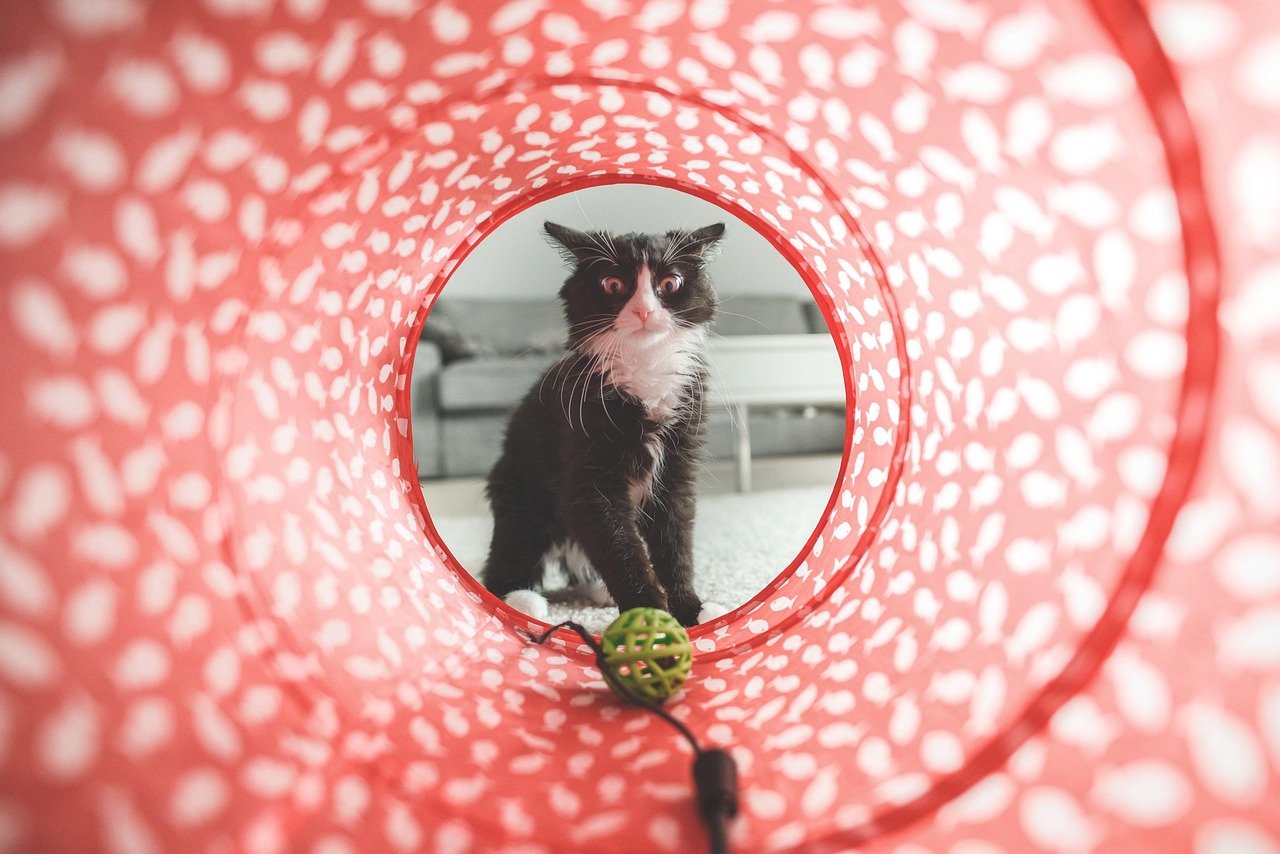
One of the first signs that your cat might be bored is a noticeable lack of interest in toys. Cats are naturally playful animals, and toys are a great outlet for their energy. If your cat consistently ignores its toys or seems disinterested in playtime, it might be a sign that it needs more engaging activities. Imagine a child with a room full of toys but no friends to play with; that’s how your cat might feel. Rotating toys or introducing new ones can often revive your cat’s interest.
Overeating or Undereating
Changes in eating patterns can also be a sign of boredom in cats. Some cats might start overeating because they have nothing better to do, while others might lose interest in food altogether. It’s similar to how people might snack out of boredom rather than hunger. If you notice your cat’s eating habits have changed, it might be time to introduce some stimulating activities to its daily routine.
Excessive Meowing
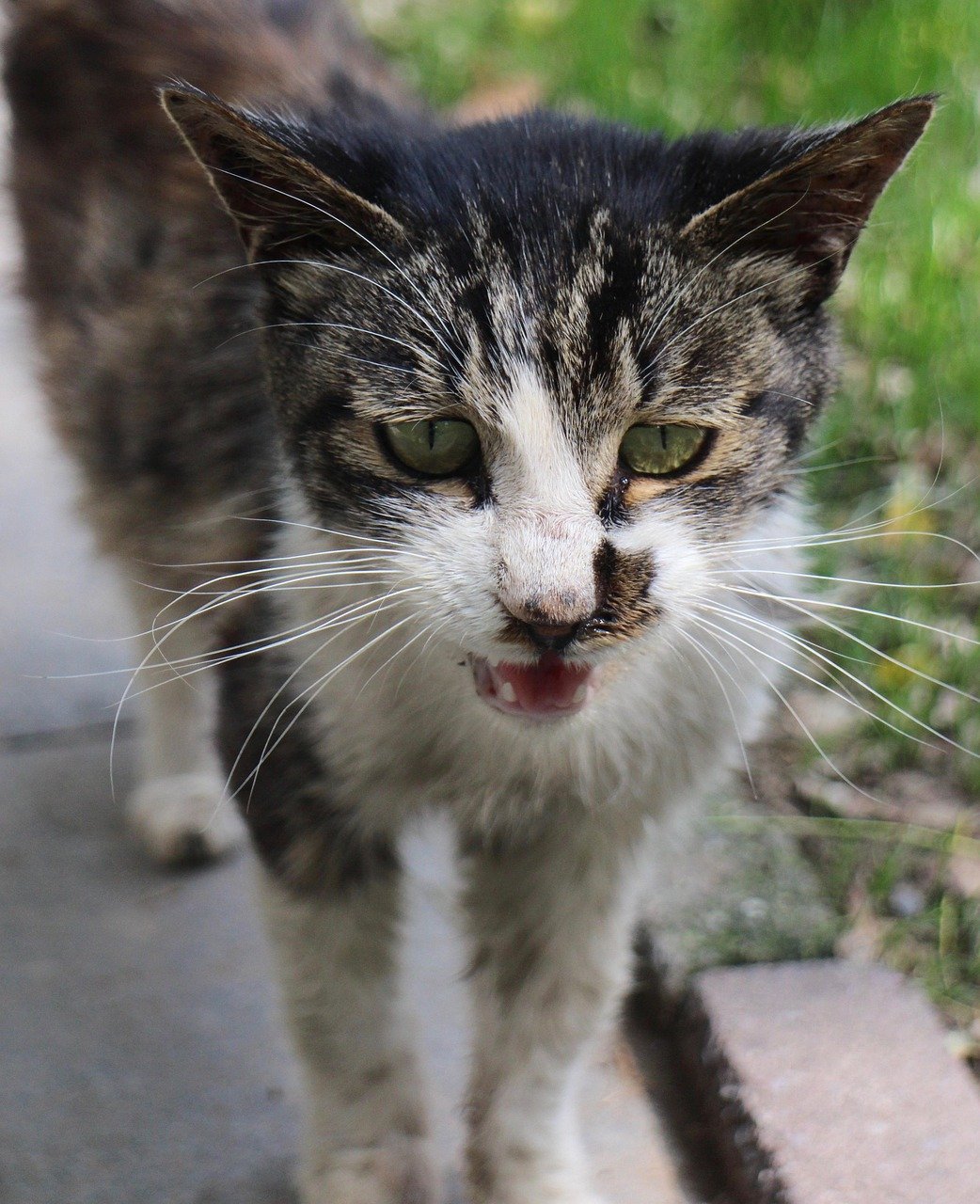
Cats communicate through meowing, and excessive vocalization can be a cry for attention. If your cat is meowing more than usual, it might be trying to tell you something. This could be its way of expressing boredom and seeking interaction. Imagine a toddler pulling on your sleeve, trying to get your attention—that’s your cat meowing excessively. Engaging in interactive play can often help reduce this behavior.
Destructive Behavior

A bored cat might channel its energy into destructive behaviors such as scratching furniture, knocking over objects, or chewing on cords. This behavior is not just a nuisance; it’s a clear indication that your cat needs more stimulation. Think of it as a teenager acting out when they’re not challenged enough. Providing scratching posts, climbing trees, or puzzle feeders can help redirect this behavior into something positive.
Excessive Sleeping
While cats are known for their love of sleep, excessive sleeping can be a sign of boredom. If your cat is sleeping more than usual and seems lethargic, it might be because it has nothing better to do. Consider how you feel on a lazy Sunday with nothing planned; it’s easy to doze off. Encouraging your cat to engage in play or exploring new environments can help break this cycle.
Lack of Grooming
Cats are typically meticulous groomers, and a lack of grooming can be a sign that something is off. Boredom can lead to a lack of interest in self-care, much like how humans might neglect their appearance when they’re feeling down. If your cat’s coat is looking unkempt, it might be time to introduce some fun activities to its day.
Hyperactivity at Night
Cats are naturally more active at dusk and dawn, but if your cat is running wild at night, it might be a sign of pent-up energy. It’s like a child who hasn’t had enough playtime during the day and can’t settle down at bedtime. Ensuring your cat gets enough physical and mental exercise during the day can help reduce nighttime antics.
Clinginess
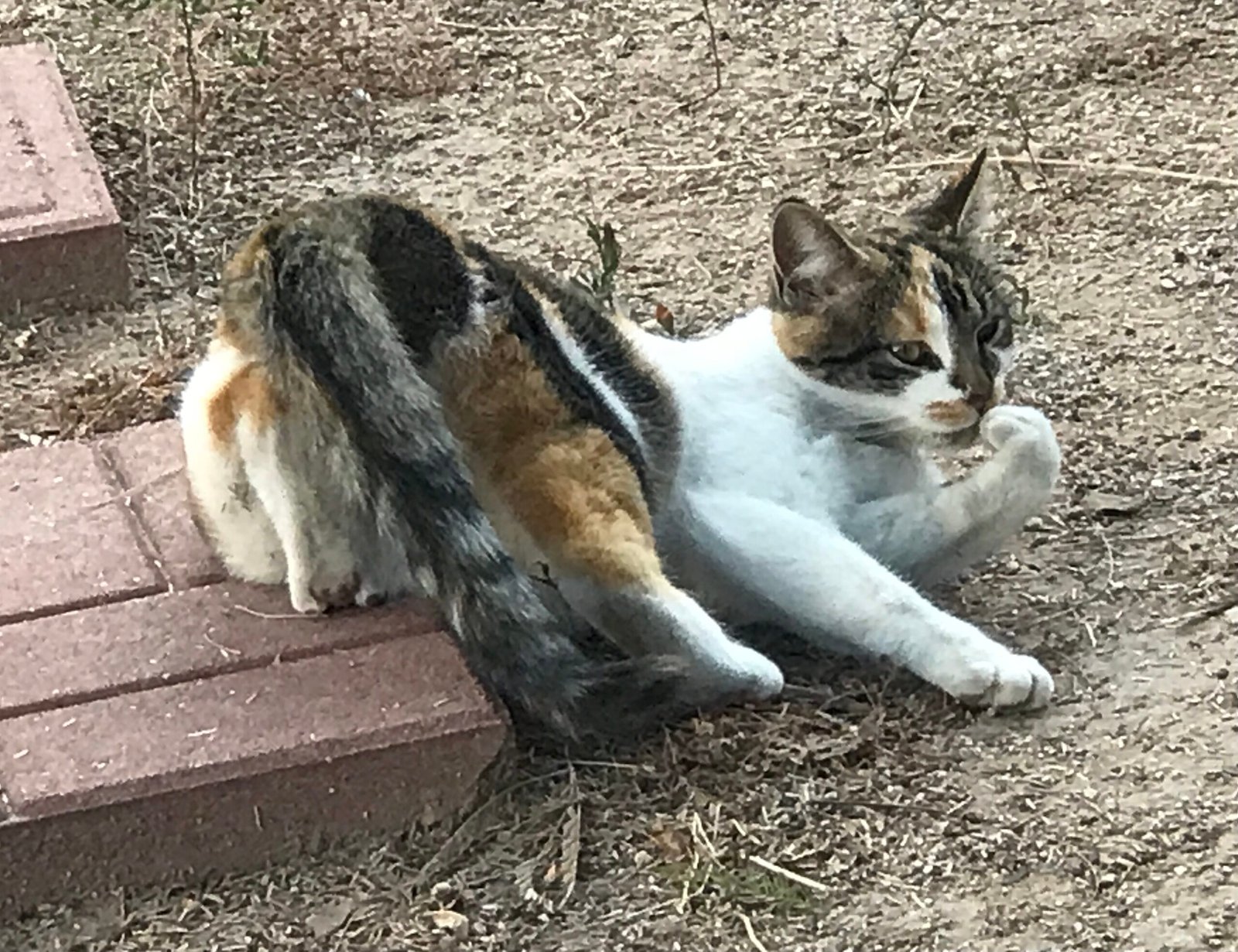
A bored cat might become more clingy, following you from room to room and seeking constant attention. This behavior is similar to how a lonely child might cling to a parent, seeking comfort and interaction. Providing your cat with stimulating activities and toys can help it gain more independence and reduce clinginess.
Loss of Curiosity
Cats are naturally curious creatures, so a loss of curiosity can be a clear sign of boredom. If your cat no longer investigates new objects or sounds, it might need more mental stimulation. Imagine a detective losing its interest in solving mysteries; that’s your cat losing its innate curiosity. Introducing new environments or interactive toys can help spark its interest again.
Unusual Aggression
Sometimes, boredom can manifest as aggression in cats. If your typically calm cat is suddenly swatting or biting more often, it might be a sign of frustration from lack of stimulation. It’s similar to how people can become irritable when they’re bored and restless. Providing outlets for your cat’s energy through play and exercise can help alleviate this aggression.
Frequent Hiding
While some cats enjoy a good hide-and-seek, frequent hiding can be a sign of boredom or stress. If your cat is spending more time under the bed or in closets, it might be seeking solace from monotony. It’s like retreating to your room when you’re feeling down. Offering engaging activities and ensuring your cat feels safe can encourage it to come out and play.
Excessive Grooming
On the flip side, some cats might groom excessively when bored, leading to bald patches or irritated skin. This behavior is similar to how people might bite their nails or fidget when they’re bored. If you notice your cat overgrooming, it might be time to introduce more stimulating activities into its routine.
Weight Gain
Weight gain can be a result of overeating due to boredom. If your cat is gaining weight despite no changes in diet, it might be a sign that it’s eating out of boredom rather than hunger. It’s like how people might turn to comfort food when they’re bored. Ensuring your cat gets enough exercise and mental stimulation can help manage its weight.
Lack of Interaction with Other Pets

If your cat lives with other pets but isn’t interacting with them as much as it used to, it might be a sign of boredom. Cats are social creatures, and a lack of interaction can indicate a need for more stimulation. It’s similar to how people might withdraw from social activities when they’re feeling bored or down.
Frequent Yawning
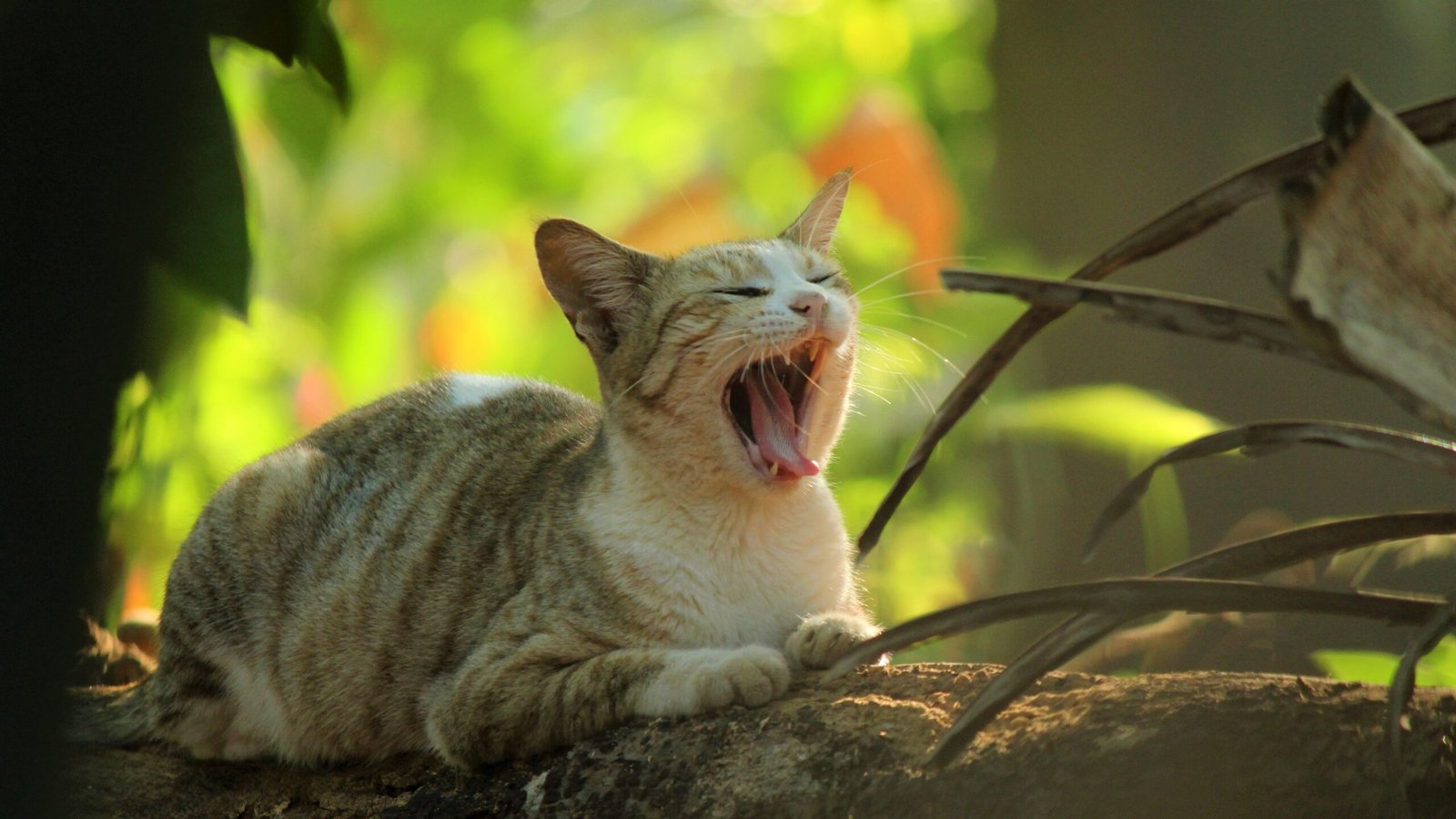
While yawning is a natural behavior, frequent yawning can be a sign of boredom in cats. If your cat is yawning more than usual, it might be expressing its need for more engaging activities. Think of it as a subtle way of saying, “I’m bored!” Engaging your cat in interactive play can help reduce frequent yawning.
Chasing Shadows
Chasing shadows or imaginary objects can be a sign of boredom in cats. If your cat is frequently chasing things that aren’t there, it might be trying to entertain itself in the absence of more stimulating activities. Providing toys that mimic prey, such as feather wands or laser pointers, can help channel this energy into something productive.
Frequent Scratching
While scratching is a natural behavior for cats, frequent scratching on furniture or walls can indicate boredom. It’s similar to how people might tap their fingers or fidget when they’re bored. Providing scratching posts and encouraging your cat to use them can help alleviate this behavior.
Disinterest in Outdoor Views
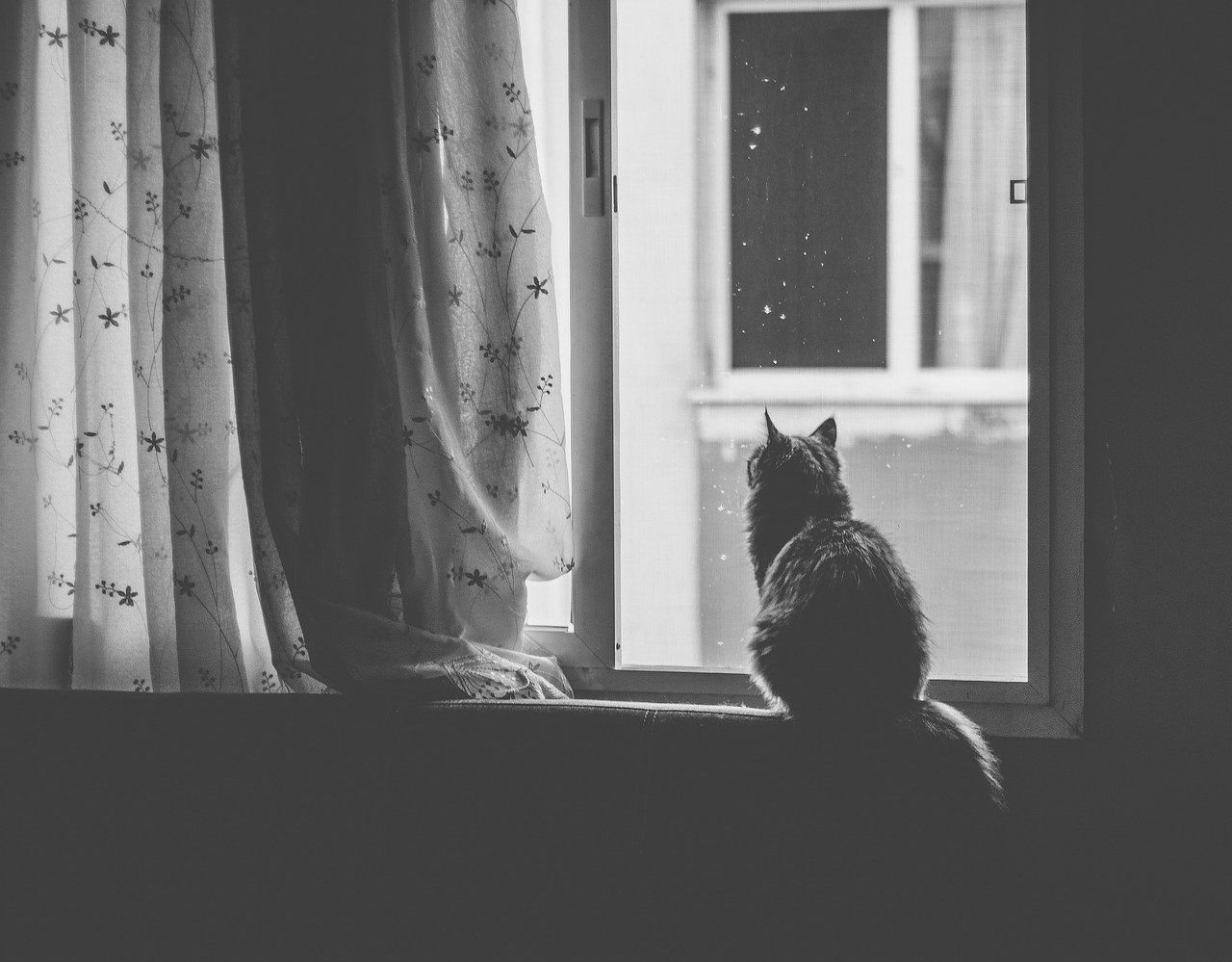
Cats often enjoy watching the world go by from a window, but if your cat is ignoring its favorite perch, it might be a sign of boredom. It’s like losing interest in your favorite TV show because you’ve seen it too many times. Introducing new stimulating activities or changing the view can help reignite your cat’s interest.
Restlessness

A restless cat might pace back and forth, unable to settle down. This behavior can be a sign of boredom, similar to how people might pace when they’re anxious or bored. Providing your cat with engaging activities and ensuring it gets enough exercise can help reduce restlessness.
Unusual Sleeping Spots
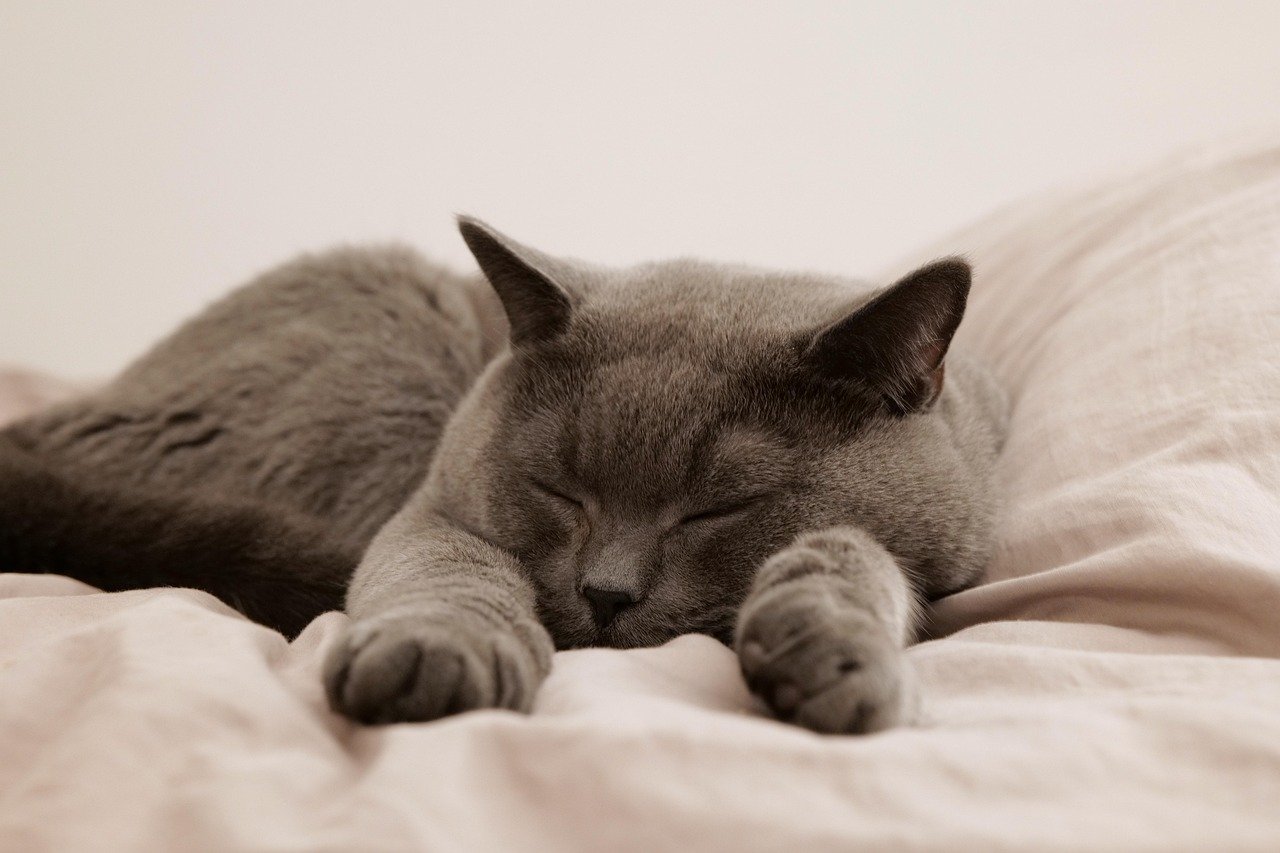
If your cat is suddenly choosing unusual or uncomfortable spots to sleep, it might be a sign of boredom. It’s like choosing to sleep on the couch instead of the bed because you’re feeling restless. Encouraging your cat to engage in play or providing new cozy spots can help it feel more content.
In conclusion, recognizing the signs of boredom in your cat is essential for its well-being. By understanding these signs and providing the necessary stimulation, you can ensure your feline friend remains happy, healthy, and content.
Hi, I’m Bola, a passionate writer and creative strategist with a knack for crafting compelling content that educates, inspires, and connects. Over the years, I’ve honed my skills across various writing fields, including content creation, copywriting, online course development, and video scriptwriting.
When I’m not at my desk, you’ll find me exploring new ideas, reading books, or brainstorming creative ways to solve challenges. I believe that words have the power to transform, and I’m here to help you leverage that power for success.
Thanks for stopping by, Keep coming to this website to checkout new articles form me. You’d always love it!






